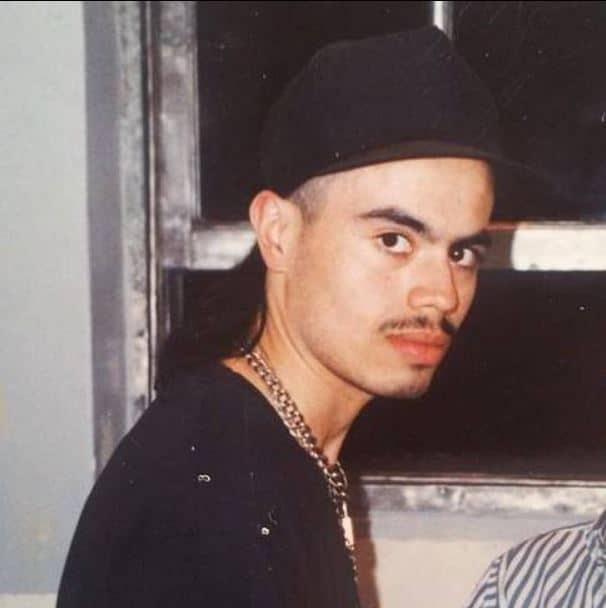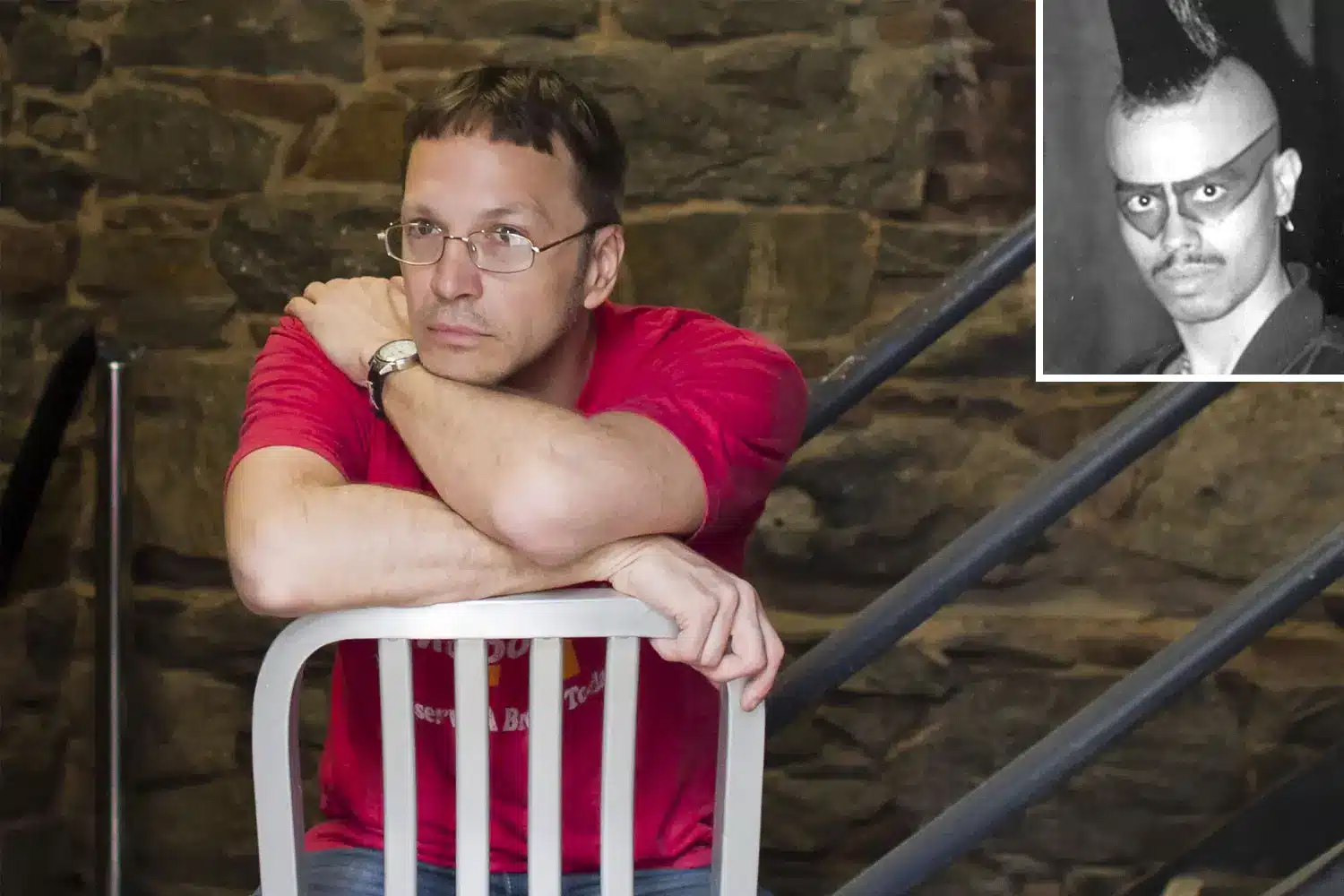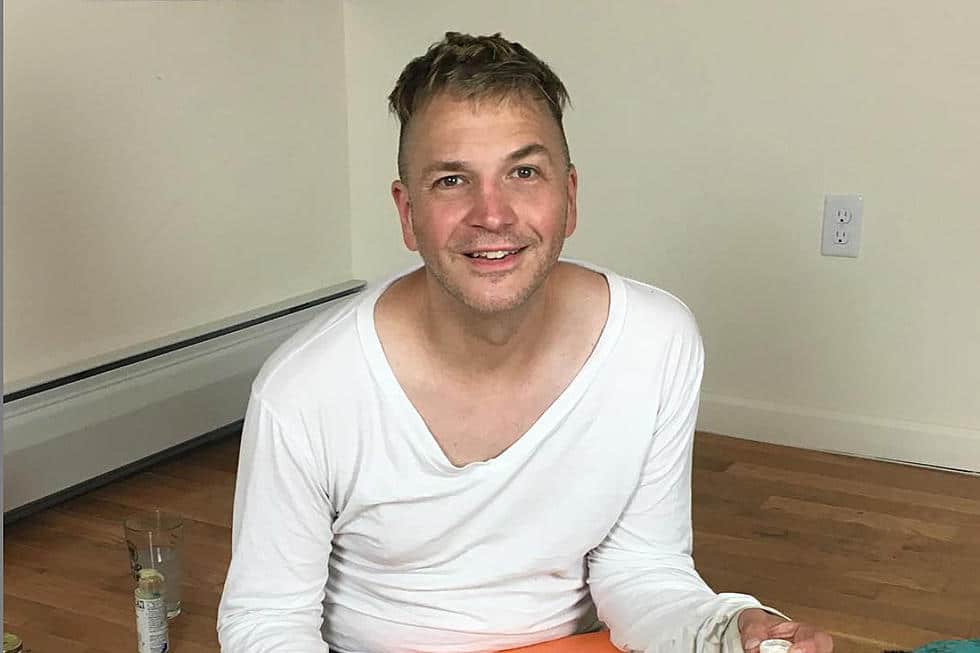Andre “Angel Melendez Murder: How Did His Killer, Michael Alig, Die? – Andre “Angel” Melendez, an alleged drug dealer and member of the Club Kids, resided and worked in New York City. On March 17, 1996, Robert “Freeze” Riggs and Michael Alig killed him. Books, movies, music, and television shows have all been influenced by his life and death.
The documentary “The 1990s: The Deadliest Decade: Death Of An Angel” on Investigation Discovery also details the murder of Andre “Angel” Melendez, going into Andre’s early life and how he was slain by someone he believed to be a friend. So, if you’re interested in learning more about Andre Melendez’s murder and the killer, we can help.
Recommended: Cindy Hernandez Murder: Where Is Larry James Allred Now?

Who Was Andre “Angel” Melendez and How Did He Die?
Andre “Angel” Melendez migrated to New York City, New York, with his family in the early 1980s after being born in Colombia in May 1971. He was first described as a quiet and bashful youngster, but his personality transformed after encountering the city’s club crowd. The 25-year-old at the time wanted to make movies and was interested in acting. He subsequently joined the New York City club scene, a group known for throwing spontaneous parties in odd locations.
Angel was reportedly a drug dealer at the time of the incident and was known to sport a pair of feather-covered wings. On March 17, 1996, the 25-year-old abruptly vanished, leaving no trace of his location. His dismembered body didn’t wash up on Staten Island, New York, until a month later. An investigation eventually determined that Angel died from suffocation and blunt object blows to the head after having his legs severed from the rest of his body.

Who Killed Andre “Angel” Melendez and Why?
Club Kids originally began to foster a sense of belonging in others. It turned into a welcoming space for drag queens and homosexual children. The events initially appeared to be harmless enough—just an impromptu performance at a fast-food restaurant or metro stop. However, as narcotics were introduced to the scene over time—people started using cocaine, ecstasy, and heroin, among other drugs—it became risky for anybody who participated in.
Michael Alig, a gay young man from Iowa who relocated to New York City and instantly warmed to the city’s party scene and became a promoter, was a member of this movement. Michael knew Angel, who resided in Queens, New York, and had previously visited Michael’s home. By 1996, Michael was well-known and well-connected in the club scene. He had heard about a prospective DEA bust to capture narcotics dealers somewhere in March of that year. Later, Michael said that he had called the dealers and asked them not to visit the clubs that evening.
Michael later admitted in an interview that Angel did show up at one club despite being turned away. Even his salary, which was at the time in the club’s safe, was not paid to him. Later, according to Michael, Angel later visited his home for a short while under the influence of drugs. Michael shared a residence with Robert “Freeze” Riggs during that time.
According to Michael’s explanation, a dispute ensues over money, including why Angel is better off than him. Michael and Angel have a fight, and in the meantime, Freeze intervenes and attacks Angel with a hammer. Freeze hammered Angel until he fainted.
Michael then repeatedly hit Angel while encasing his fist in a sweater. Michael insisted that he didn’t pour detergent down Angel’s throat, despite Freeze telling the police that he did. He told the police, “I didn’t smother him – he died of asphyxiation, but I didn’t put something over his face and go like that. We just thought he was unconscious, which wasn’t uncommon for people in my house. So we put him on the couch.”
They soon discovered Angel wasn’t breathing, though. They made the decision to cover up the murder in a drug-induced haze, and the body was put in a bathtub filled with ice and Drano to cover up the odor. While Angel’s body was left there for several days, Michael and Freeze continued to use narcotics.
According to Michael, Freeze procured butcher knives and severed Angel’s legs eight or nine days later. The legs were placed in a duffel bag and thrown into a river. The remainder of the body was then packed into a cardboard box, which Michael and Freeze threw into the Hudson River in New York City.
Michael had informed others about killing Angel in the months after. In addition, a witness recalled Michael discussing killing Angel just days before the incident. According to earlier reports, Michael stole about $20,000 from Angel and used the majority of the cash to furnish his flat after Angel was killed. Eventually, the law caught up with him, and he was arrested in November 1996.

What Happened to Michael Alig and How Did He Die?
Michael Alig admitted guilt to first-degree manslaughter in relation to Angel’s murder in September 1997. He ultimately received a prison term of 10 to 20 years. After 17 years, Michael was finally freed in May 2014 to much media attention. Later, when speaking about his time behind bars, he admitted that he continued to use drugs. But Michael added, “I can’t do this anymore. If I have to go through a year of withdrawal, well, you know what, I killed someone, and that’s the price I have to pay.”
When he was freed, Michael was clean and initially resided with a buddy. He reportedly attended recovery programs each week and was also writing his autobiography. Michael subsequently claimed, “Looking back at the person I was at that time, I feel nothing but shame and disgust. I was a selfish junkie who killed another human being. But that’s not the Michael Alig I am today or the Michael Alig I was before I became an addict.”
Apart from that, Michael worked for a clothing company, ran promotions at a club in New York City, painted while incarcerated, ran a YouTube channel, was active on social media, and more. He was also active in a charity that supported young people’s journalistic education. On December 25, 2020, the 54-year-old was discovered dead in Manhattan, New York, after a heroin overdose, proving that narcotics had the better of him.














